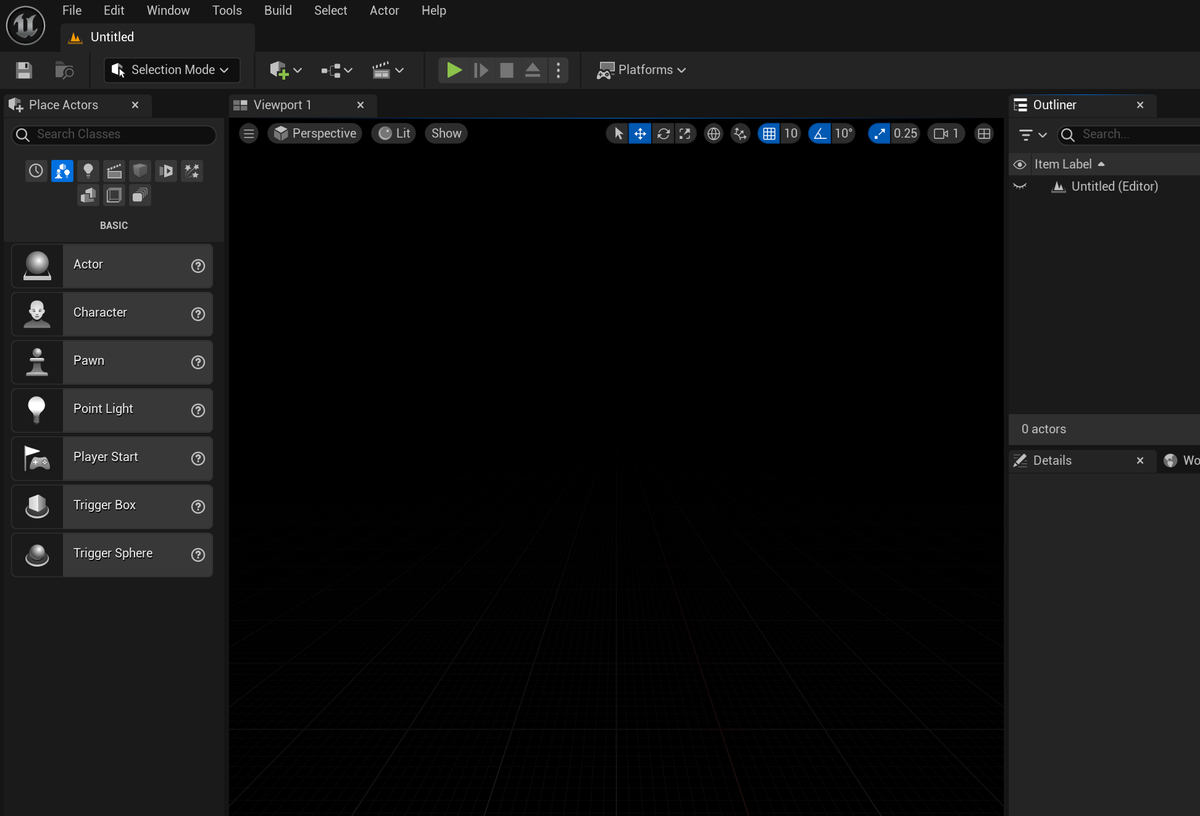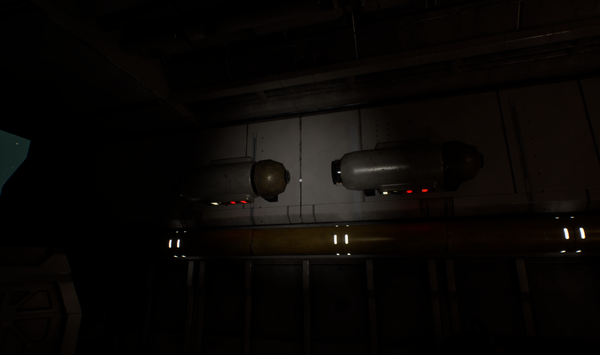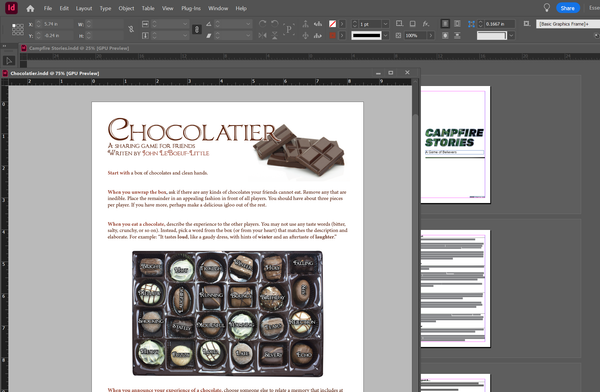Week 0: Foundations and First Assets
Starting a new business means a lot of prep and even more paperwork.

New beginnings are a mixed bag. They can be equal parts terrifying and terrific, a jumble of emotions. But here I am, shouting into the void with a voice that carries my entire being.
If you're just joining, I'm John LeBoeuf-Little, and this is the development blog for my indie game studio, Vertex Rim. You can get the full background over on the About page, but the short version is: I'm a developer and TTRPG writer making the leap into video game development.
Treating This Like a Real Business
Before diving into any actual game development, I wanted to get the business foundation solid. This is a real venture that deserves proper structure from day one. That means filing for an EIN, setting up an LLC, creating an operating agreement, establishing expense tracking, the whole nine yards.
I even designed a complete logo system for Vertex Rim. And just to be extra, I laid out my Operating Agreement in InDesign using those same brand colors and an excessive attention to detail.

It might seem like overkill for someone who hasn't shipped yet, but each step builds on the last. This week was about making sure I was standing on solid ground.
Running Late
Now for the fun part. My first game is called "Running Late"—a space repair simulator where you're desperately trying to fix your dying spacecraft before missing someone's big day.
Imagine being trapped in a cramped cockpit while everything around you starts breaking down. Oxygen filters clog up, power systems blow fuses, navigation goes haywire. Meanwhile, your phone won't stop buzzing with increasingly frantic messages from the wedding party wondering where the hell you are.
You're getting your hands dirty with actual repair work—scraping gunk out of air vents, yanking fried circuit boards, slapping emergency patches on hull breaches. All while the clock ticks down and the messages get more insistent.
I wanted to capture the panic of everything going wrong while you're running late. That's the emotional core of the game, just with more space and sparks.
Laying the Foundations
So this week was all about beginnings. I created the UE5 project, set up version control, and purchased a professional sci-fi environment kit from Fab. The asset quality is genuinely impressive—modular wall pieces, control panels, chairs, even spline-based cables. I'm really looking forward to cobbling something together.
The import process through Fab's UE5 integration was actually pretty seamless. I'm not a fan of the way Fab got pushed on UE developers but at least the integration is good. The kit I got includes demo levels showing how everything fits together and a "zoo" level with all the individual components laid out for easy browsing.

Not the most glamorous week in terms of visible progress, but sometimes the most important work is the stuff you can't screenshot. Foundation matters, whether it's business structure or development toolchains.
Next up: actually building a cockpit and figuring out how to make virtual repairs feel satisfying. The real work begins.
Follow along as I figure this out, one broken spaceship at a time. Updates coming weekly!




